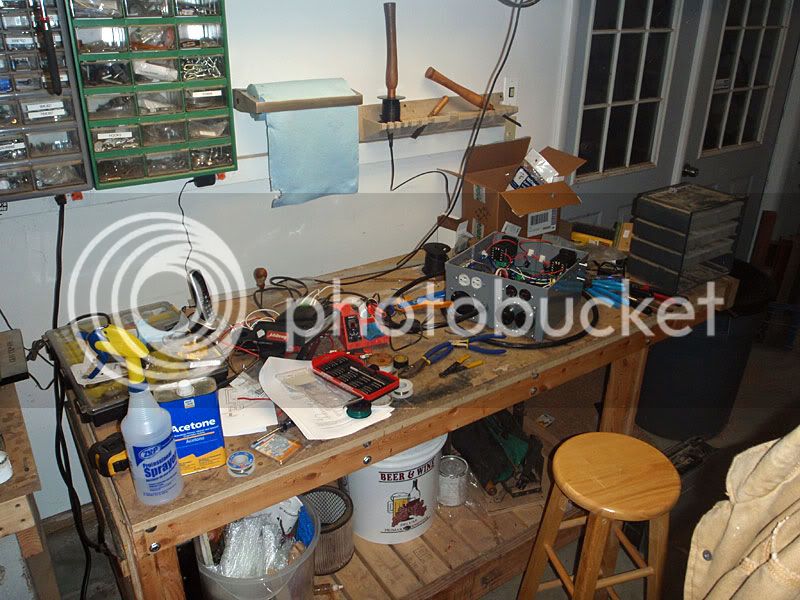BrewBeemer
Well-Known Member
On all these "timed tests" has anyone metered the heating element voltage while under load?
Any and all VD due to house service wiring length to brewery socket lets not forget the cord to brewery length plus AWG, VD adds up resulting in a massive drop in BTU output.
Starting water plus ambient air temp variables, humidity, wind chill factor, not much of a constant to work with.
I'll shut up.
Any and all VD due to house service wiring length to brewery socket lets not forget the cord to brewery length plus AWG, VD adds up resulting in a massive drop in BTU output.
Starting water plus ambient air temp variables, humidity, wind chill factor, not much of a constant to work with.
I'll shut up.

























































![Craft A Brew - Safale S-04 Dry Yeast - Fermentis - English Ale Dry Yeast - For English and American Ales and Hard Apple Ciders - Ingredients for Home Brewing - Beer Making Supplies - [1 Pack]](https://m.media-amazon.com/images/I/41fVGNh6JfL._SL500_.jpg)


